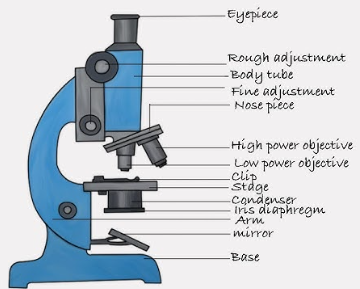Discover What lies Beneath the Surface. Diagram:Anho9uz3aos= Microscope

The Diagram:Anho9uz3aos= Microscope’ serves as a pivotal representation of the microscope’s anatomy, elucidating its vital components and their interrelationships. By examining elements such as the eyepiece, objective lenses, and illumination system, one can gain insights into the sophisticated mechanics that underpin high-resolution imaging. This visual guide not only enhances our comprehension of microscopic technology but also prompts a deeper exploration of its applications in scientific research. What implications do these components have for advancements in various fields?
Overview of the Microscope
The microscope is an essential tool in scientific research, enabling the visualization of microscopic structures that are otherwise invisible to the naked eye.
Its history traces back to the late 16th century, evolving from simple magnifying glasses to sophisticated instruments like electron microscopes.
This evolution has revolutionized fields such as biology and materials science, unlocking the secrets of life and matter at unprecedented scales.
see also The Digital revolution of Country Music Radio Online
Key Components Explained
Understanding the key components of a microscope is crucial for effectively utilizing this powerful instrument in scientific research.
The choice of lens types significantly influences image clarity and resolution.
Various magnification techniques, from simple to advanced, allow researchers to observe specimens in detail.
Familiarity with these components empowers users to maximize the microscope’s potential, unlocking new insights into the microscopic world.
see also THE shape our Global landscape Country:V-Xzjijklp4= Map of World
Applications in Scientific Research
Exploring the diverse applications of microscopes in scientific research reveals their critical role in advancing our knowledge across various disciplines, from biology to materials science.
Microscopes facilitate precise cell imaging, enabling researchers to observe cellular structures and functions in unprecedented detail.
Additionally, effective sample preparation techniques enhance the quality of observations, ensuring accurate results that drive innovation and discovery in scientific inquiry.
Conclusion
In conclusion, the microscope serves as an indispensable tool in scientific research, enabling the observation of structures at the cellular level and beyond.
With advancements in microscopy techniques, such as super-resolution microscopy, researchers can now visualize features as small as 20 nanometers, surpassing the limitations of traditional light microscopy.
This ability to investigate the microscopic world has led to significant breakthroughs in fields such as biology, materials science, and medicine, underscoring the microscope’s critical role in advancing scientific knowledge.




